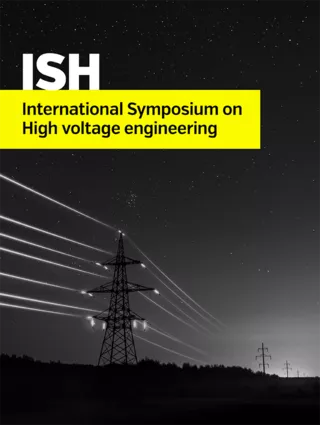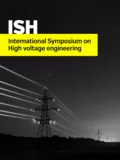Summary
The use of composite cross arms in transmission lines could lower the height of towers and make transmission line more compact, which would reduce the cost of transmission line in construction for a large margin. The mechanical performance of a tower with composite cross arms used for 500 kV transmission line was studied by full-scale experiment in this paper. Some typical working conditions such as sudden failure, construction of the transmission line and terribly sever operation conditions were simulated in the experiment, including slinging lines, anchoring lines, lines broken suddenly and the tower suffering strong wind. Displacement and strain of some key points on the tower or composite cross arms were obtained in the experiment. Distribution of the strain had significance for strengthening weak positions in the structure. Displacement of different positions should be considered in the electrical performance design. Results indicated that the maximum displacement of cross arm end was about 55cm, which occurred on condition of the upper line broken. It could be deduced that large percent of the loads could be shared by the diagonal suspension insulators, reflecting significance of the diagonal suspension insulators.
Additional informations
| Publication type | ISH Collection |
|---|---|
| Reference | ISH2015_461 |
| Publication year | |
| Publisher | ISH |
| File size | 865 KB |
| Price for non member | Free |
| Price for member | Free |
Authors
Liang Xidong, Wu Chao, Gao Yanfeng, Xu Sen, Liu Yingyan, Wang Guoli, Gao Chao




